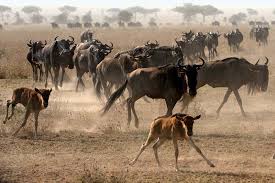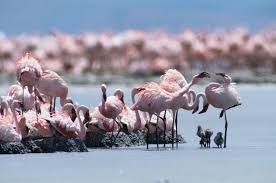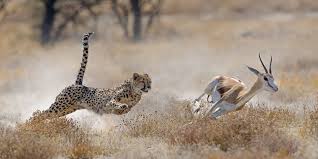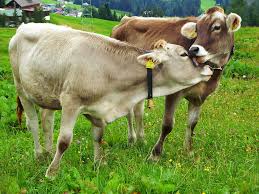Population control is the practice of artificially altering the size of any animal population besides humans. It typically refers to the act of limiting the size of an animal population so that it remains manageable, as opposed to the act of protecting a species from excessive rates of extinction, which is referred to as conservation biology.
Factors Influencing Animal Population Control

Population control in animals can be influenced by a variety of factors. Humans can greatly influence the size of animal populations they directly interact with. Various human activities (e.g. hunting, farming, fishing, industrialization, and urbanization) all impact various animal populations.
Animal population control is the practice of intentionally altering the size of any animal population besides humans. It may involve culling, translocation, or manipulation of the reproductive capability. The growth of animal populations may be limited by environmental factors such as food supply or predation.
Read Also: Unearthing the Impact of Landfills on Our Environment
Biotic Factors Affecting Animal Population Growth

The main biotic factors that affect population growth include:
1. Food: both the quantity and the quality of food are important. Snails, for example, cannot reproduce successfully in an environment low in calcium, no matter how much food is available, because they need this mineral for shell growth.
2. Predators: as a prey population becomes larger, it becomes easier for predators to find prey. If the number of predators suddenly falls, the prey species might increase in number extremely quickly.
3. Competitors: other organisms may require the same resources from the environment, and so reduce growth of a population. For example, all plants compete for light. Competition for territory and for mates can drastically reduce the growth of individual organisms.
4. Parasites: these may cause disease, and slow down the growth and reproductive rate of organisms within a population.
Abiotic Factors Influencing Population Growth in Animals
Important abiotic factors affecting population growth include:
1. Temperature: higher temperatures speed up enzyme-catalyzed reactions and increase growth.
2. Oxygen availability: affects the rate of energy production by respiration.
3. Light availability: important for photosynthesis. Light may also control breeding cycles in animals and plants.
4. Toxins and pollutants: tissue growth can be reduced by the presence of, for example, sulphur dioxide, and reproductive success may be affected by pollutants such as estrogen-like substances.
Methods for Active Animal Population Control
Animal euthanasia is often used as a final resort to controlling animal populations. In Tangipahoa Parish, Louisiana, the parish performed mass euthanasia on the entire animal shelter population, including 54 cats and 118 dogs that were put to death due to a widespread disease outbreak that spread among the animals.
Neutering is another option available to control animal populations. The annual Spay Day USA event was established by the Doris Day Animal League to promote the neutering of pets, especially those in animal shelters, so that the population remains controllable.
Examples of Animal Population Control in Practice
Several efforts have been made to control the population of ticks, which act as vectors of a number of diseases and therefore pose a risk to humans.
Read Also: Aspects of Agriculture on Livestock Production
Predation Dynamics and Its Role in Population Fluctuation

Populations of organisms do not remain constant; the number of individuals within a population changes, sometimes dramatically, from one time period to the next.
Ecologists have documented examples of such fluctuations in a wide variety of organisms, including algae, invertebrates, fish, frogs, birds, and mammals such as rodents, large herbivores, and carnivores.
Ecologists have long studied the factors that regulate such fluctuations, and early research suggested that resource availability plays an important role. Researchers found that when resources (food, nesting sites, or refuges) were limited, populations would decline as individuals competed for access to the limiting resources.
Such bottom-up control helped to regulate the population around carrying capacity. More recently, scientists have discovered that predation can also influence the size of the prey population by acting as a top-down control.
In reality, the interaction between these two forms of population control works together to drive changes in populations over time. Additional factors, such as parasites and disease, can further influence population dynamics.
Populations of organisms do not remain constant; the number of individuals within a population changes, sometimes dramatically, from one time period to the next.
Ecologists have documented examples of such fluctuations in a wide variety of organisms, including algae, invertebrates, fish, frogs, birds, and mammals such as rodents, large herbivores, and carnivores.
Do you have any questions, suggestions, or contributions? If so, please feel free to use the comment box below to share your thoughts. We also encourage you to kindly share this information with others who might benefit from it. Since we can’t reach everyone at once, we truly appreciate your help in spreading the word. Thank you so much for your support and for sharing!

